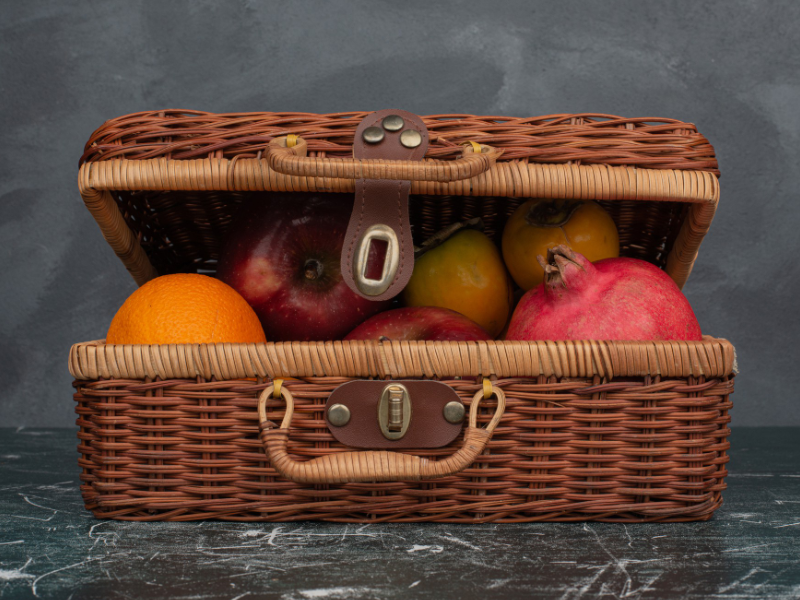
Once Upon a Child: The Choice for Budget-Conscious Parents
Parenting is expensive—there’s no denying it. Between diapers, formula, daycare, and the never-ending cycle of outgrown clothes and toys, the costs add up fast. That’s where Once Upon a Child comes in, offering a budget-friendly, sustainable, and convenient way for parents to buy and sell gently used kids’ items. But is it really worth it ? Let’s break down why this resale franchise continues to be a lifesaver for parents and how you can make the most of it. What Is Once Upon a Child? Founded in the 1980s, Once Upon a Child is a resale store chain specializing in gently used baby and kids’ clothing, toys, gear, and furniture. Unlike thrift stores, they carefully inspect each item for quality, ensuring parents get like-new products at a fraction of retail prices. With over 400 locations across the U.S. and Canada, the brand has become a go-to for smart shoppers looking to save money without sacrificing quality. Why Parents Love It 1. Huge Savings on Kids’ Essentials Kids outgrow clothes and toys fast. Instead of paying full price for brand-new items, parents can snag designer outfits, strollers, and toys for 50-90% off retail prices. Clothing: Gently used Carter’s, Gap, and Nike pieces for just a few dollars. Gear: High-end strollers (like UPPAbaby or Bugaboo) at a steep discount. Toys & Books: Popular brands like Melissa & Doug and LEGO for a fraction of the cost. 2. Earn Cash for Outgrown Items Instead of letting old baby clothes and gear collect dust, parents can sell them for cash or store credit. The process is simple: Bring in clean, gently used items. Get an offer on the spot. Walk out with cash or trade for store credit. 3. Eco-Friendly Shopping With growing concerns about fast fashion and landfill waste, buying secondhand is a sustainable choice. Once Upon a Child helps reduce waste by extending the life cycle of kids’ products. 4. No Hassle Compared to Facebook Marketplace Selling kids’ items online can be time-consuming (endless messages, no-shows, lowball offers). Once Upon a Child cuts the hassle—just bring in your items, and they handle the rest. Trends: What’s Selling Fast? Based on recent sales data, these are the hottest items parents are buying and selling: Minimalist, gender-neutral clothing (organic cotton brands are in demand). Convertible car seats (like Graco 4Ever) – parents want longevity. Open-ended toys (wooden blocks, play kitchens) over single-use plastic toys. Baby carriers & wraps (ergonomic brands like Tula and Baby Björn). Tips for Shopping & Selling Smart 🛒 Shopping Tips: ✔ Visit frequently – New inventory arrives daily. ✔ Check for sales – Many locations offer seasonal discounts. ✔ Inspect items carefully – While most are in great condition, always double-check for wear. 💰 Selling Tips: ✔ Bring in-season items – Stores pay more for current trends. ✔ Clean & fold clothes – Presentation matters. ✔ Sell gear with all parts – Missing manuals or accessories lower value. The Verdict: Still Worth It in 2025? Absolutely. With rising inflation, Once Upon a Child remains a smart choice for parents who want to save money, declutter responsibly, and shop sustainably. Whether you’re a first-time mom on a budget or a seasoned parent looking to recoup some cash, this resale chain is a win-win. Have you shopped or sold at Once Upon a Child recently? Share your experience in the comments! Final Thought In a world where kids outgrow everything in months, buying and selling secondhand isn’t just smart—it’s essential. Once Upon a Child makes it easy, affordable, and eco-friendly. Happy (budget-friendly) parenting! 👶✨ Please go and check the current stock on Once Upon a Child online store




